In buildings, the overreliance on air conditioning to achieve comfortable indoor temperatures results in significant power consumption and corresponding greenhouse gas emissions. As a viable technology to economize building energy consumption, the installation of smart windows that can block solar radiation and regulate indoor temperature is very important for the construction of zero-energy buildings.
However, most smart windows only achieve the regulation of solar radiation through the transparent and opaque states of smart windows, without intelligent control over specific bands of sunlight that buildings require based on individual needs. Higher visible light transmission is critical for indoor lighting but is often sacrificed for higher modulation efficiency, and the limited stimulus responsiveness makes it hard to modulate solar radiation to deal with complex weather changes and personal preferences.
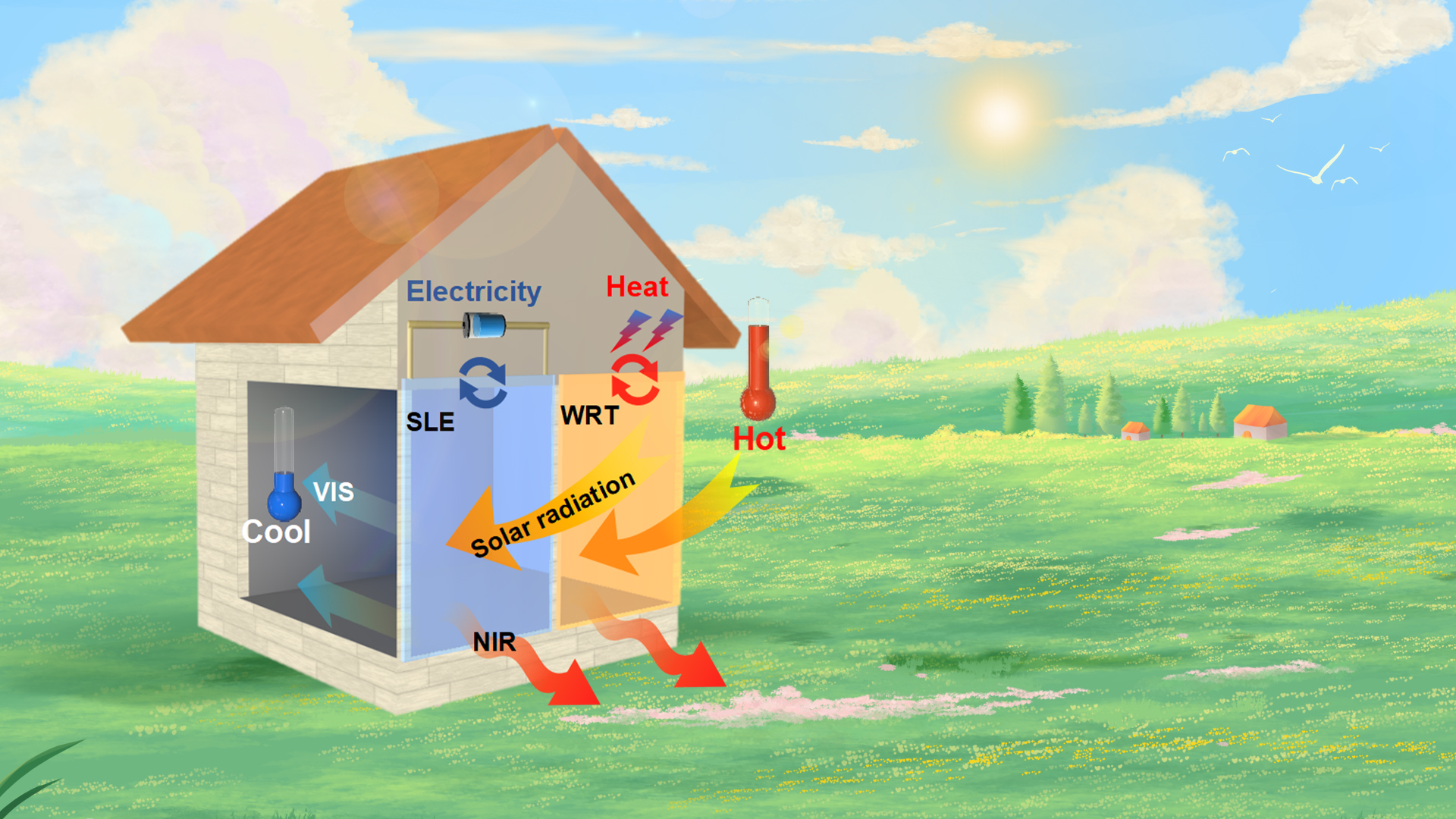
Professor Shu-Hong Yu’s team from the Institute of Innovative Materials (I2M), Department of Materials Science and Engineering (MSE), and Department of Chemistry at the Southern University of Science and Technology (SUSTech) has recently reported a new strategy to fabricate smart windows based on one-dimensional nanomaterials assembly for dynamic regulation of solar radiation.
This work entitled “Nanowire-based smart windows combining electro- and thermochromics for dynamic regulation of solar radiation”, was published in Nature Communications.
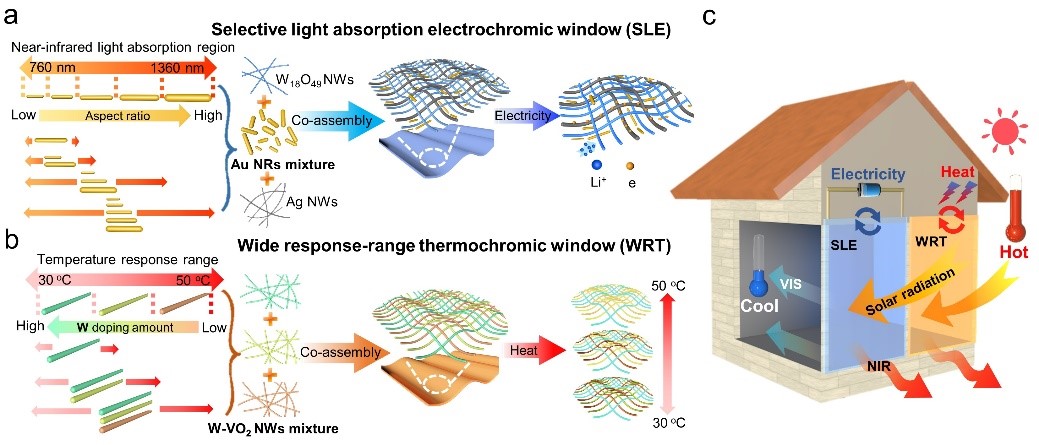
Figure 1. The schematic illustration for the fabrication and modulation mechanism of smart windows
Fig. 1a-1c illustrates the fabrication process and regulation mechanism of nanowire-based smart windows. To create a selective light absorption electrochromic (SLE) smart window, the multi-sized Au NR mixture, along with electrochromic W18O49 nanowires (NWs) and conductive Ag NWs, are co-assembled into an ordered network-like structure for precise modulation of the NIR region. This window is capable of selectively absorbing near-infrared wavelength range of 760 to 1360 nm for both illumination and cooling efficiency, and the synergy of electrochromic performance of W18O49 NWs can significantly improve the cooling effect at higher temperatures (Fig. 1a).
Using the same interfacial assembly regulation strategy, a wide response-range thermochromic (WRT) smart window was developed by co-assembling thermochromic W-VO2 NWs with different amounts of W doping, extending the fixed response temperature value to the wide temperature response range (Fig. 1b). Compared to the narrow temperature response range (68 oC) of thermochromic windows using a single type of VO2 NWs, the WRT smart window uses W-VO2 NWs with different phase transition temperatures to achieve a wide temperature response range of 30 °C to 50 °C. This broad response range enables smart windows to gradually modulate their light-blocking performance as the ambient temperature varies, providing effective control over indoor lighting and temperature (Fig. 1c).
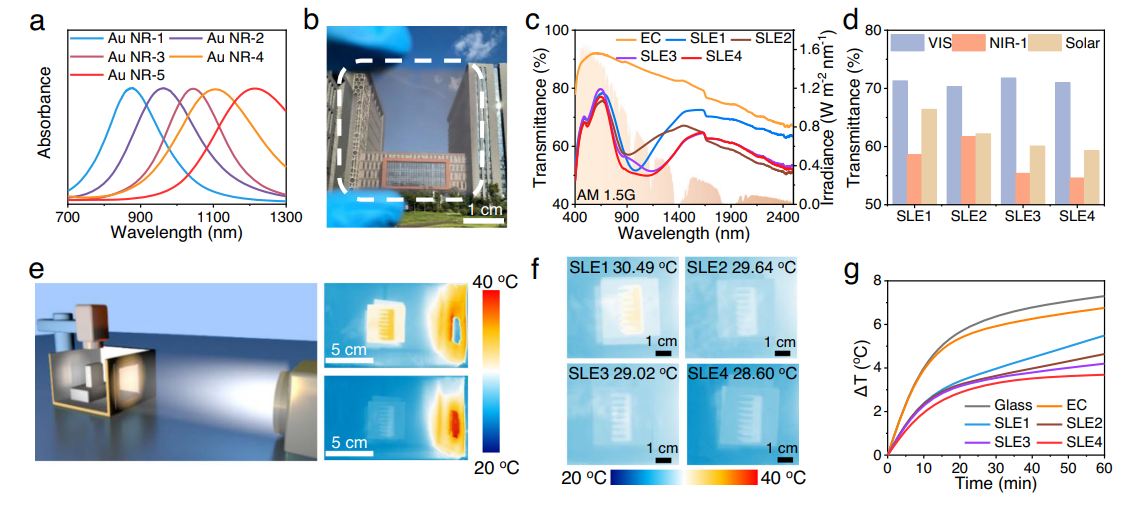
Figure 2. Selective light absorption of smart windows
When the aspect ratio of Au NRs increases from 4 to 9, their absorption peak shows a redshift from 842 to 1212 nm, achieving selective absorption of NIR light, especially the band that occupies three-quarters of the energy in the NIR-1 region (760–1360 nm) (Fig. 2a). Different types and amounts of Au NRs were mixed in SLE films to match the solar radiation spectrum (Fig. 2c and 2d). All SLE films display well-visible transmittance as high as 70% and have shown good performance for temperature regulation (Fig. 2 e-g).
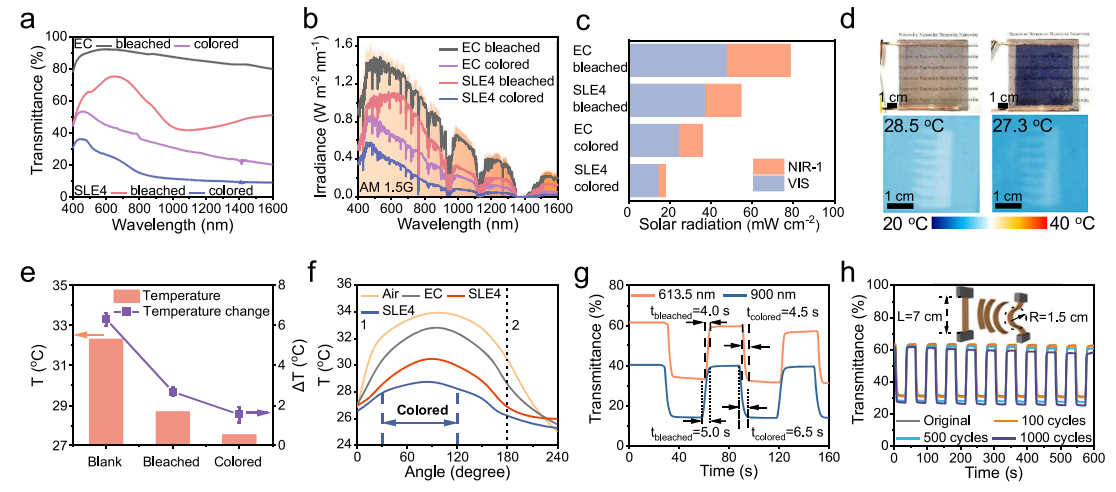
Figure 3. Dynamic regulation of solar radiation through electrochromic function
Fig. 3a and 3b shows the transmittance spectra of EC and SLE4 (with multi-sized Au NR mixture) films at the bleached and colored states, the colored EC window has 46.3% transmittance at visible light and 30.5% in NIR-1. As for colored SLE4 film, nearly 30% visible light and only 9.1% of NIR-1 are transmitted (Fig. 3c). Furthermore, the SLE4 film was encapsulated into a solid, smart window device and was installed on the model chamber, showing that it can reduce blackbody temperature by 3.7 °C in bleached state and 4.8 °C in colored state (Fig. 3d-f). The electrochromic performance of the SLE4 film has been studied (Fig. 3 g and 3h), showing that it can be colored in 4.5 s at 613.5 nm and 6.5 s at 900 nm, bleached in 4.0 s at 613.5 nm and 5.0 s at 900 nm and has high stability during bending test.
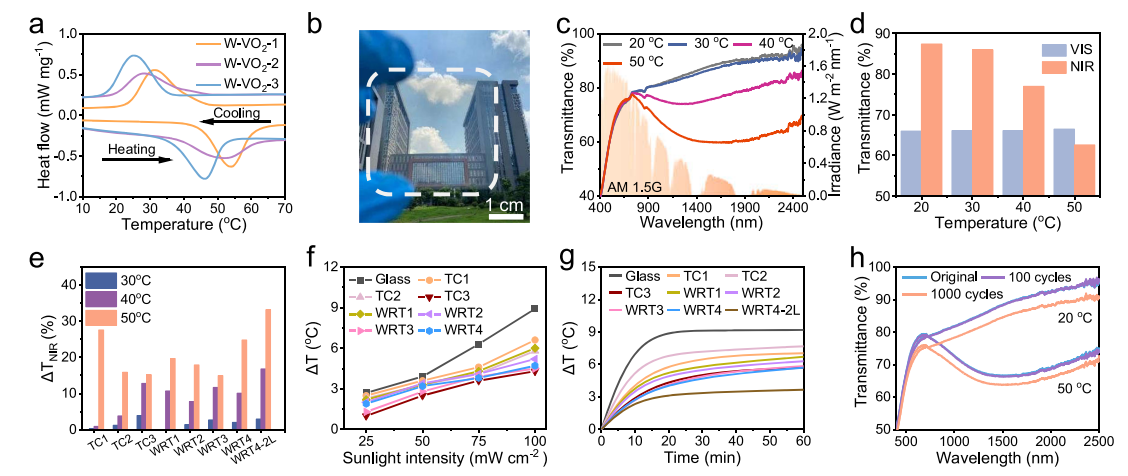
Figure 4. Wide temperature stimulus-response range of smart windows
Furthermore, the thermochromic smart windows (Fig. 4) with a wide stimulus-response range were also fabricated by co-assembling W-VO2 NWs with different doping amounts of W. The WRT films exhibit a wider temperature stimulus-response range (30-50 oC) when compared with thermochromic films (TC films) containing only one type of NWs (68 oC). Taking WRT4 (containing three types of W-VO2 NWs) as an example, nearly 90% of the near-infrared light can pass through the WRT4 film at low temperatures and less than 65% at high temperatures. However, the visible light transmittance of WRT4 film can maintain at about 65% with little effect on indoor daylighting no matter how the temperature changes. Different thermochromic films can achieve different indoor temperature control capabilities. For example, it can reduce indoor temperature up to 3.5 oC when the outdoor temperature is 40 oC). Even after 1000 thermochromic cycles, the film still exhibits good phase transition stability, and the transmittance at 2500 nm drops less than 5%.
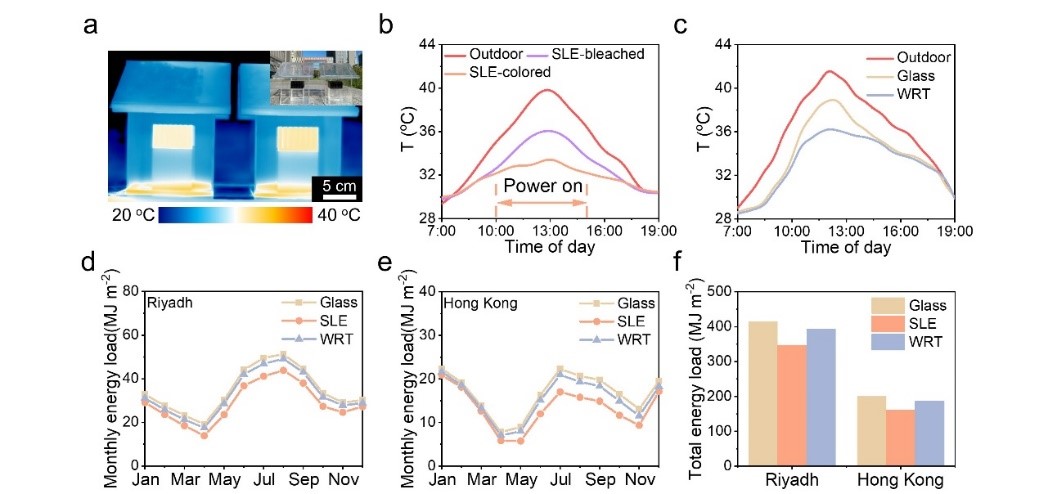
Figure 5. Actual cooling performance and energy-saving simulation of smart windows
Fig. 5a-c shows the temperature control results of SLE and WRT smart windows under actual sunlight irradiation. By further simulating the building’s power consumption, the researchers analyzed that SLE and WRT smart windows could save more energy consumption in hot months compared to ordinary glass windows in different climate types.
In this study, a co-assembly strategy based on multi-component functional nanoelements is proposed to realize the rapid construction of smart windows for solar spectral regulation. The optical properties of windows can be significantly improved by modulating the composition and structure of multi-type materials. The advances detailed in this work are that smart windows can be easily fabricated with large-scale production, which can be served as a testament to the commercial promise of smart windows based on electrochromic and thermochromic films for saving energy in buildings.
Asst. Prof. Jin-Long Wang from the Dept. of MSE at SUSTech is the co-first author of this paper. Prof. Shu-Hong Yu is the corresponding author.
This work was supported by the Start-Up Fund of SUSTech, New Cornerstone Science Foundation, National Key Research and Development Program of China, and the National Natural Science Foundation of China (NSFC).
Paper link: https://doi.org/10.1038/s41467-023-38353-4
To read all stories about SUSTech science, subscribe to the monthly SUSTech Newsletter.
Proofread ByAdrian Cremin, Yingying XIA
Photo By